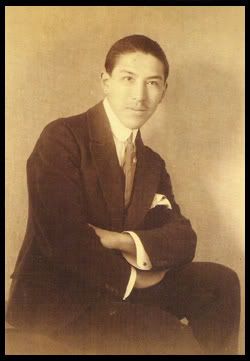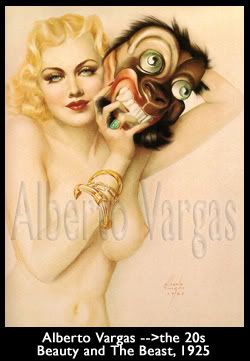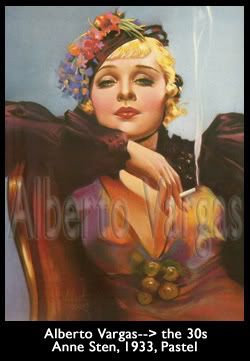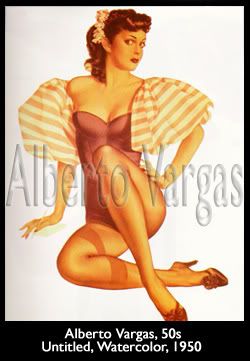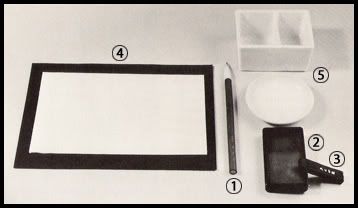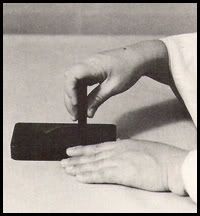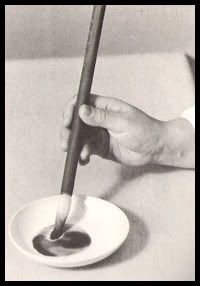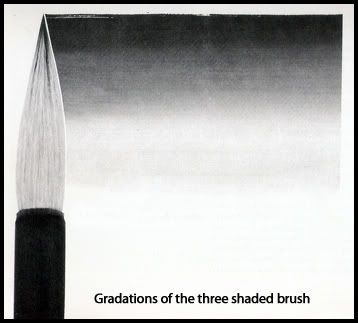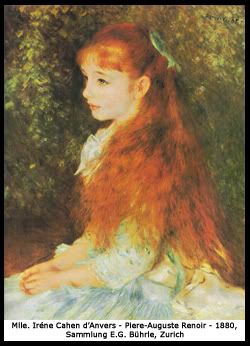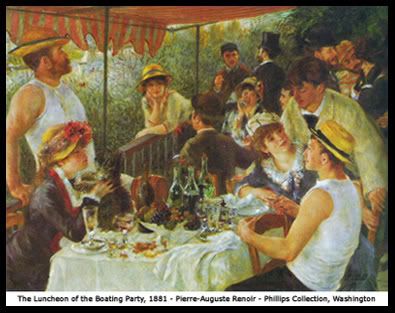
Holding an art auction is an excellent way for non-profits to raise money, for artist-donors to get free publicity, and for bidders to get quality art at reasonable prices. The following pointers will help everyone have a great time and realize their goals at art auction fundraisers, regardless of whether they're buying, selling, or donating.
Tips for artists:** Career-wise, the best fundraisers for donating are those that support visual arts organizations and attract members of visual arts communities. These are great opportunities to get your art and your name out in front of anywhere from dozens to thousands of people who like art, collect art, and support the visual arts.
** Donate to a non-art related fundraiser only when it's an established art auction or you believe strongly in the organization's goals, and not because anyone promises you career benefits. Donating to a fundraiser that only has a few pieces of art mixed in with lots of other merchandise, or only attracts politicians, environmentalists, or health care professionals, for example, usually does little for your career.
** Before you decide which piece of art to donate, talk to the people conducting the auction and ask what types of art and what price ranges sell best. The more accurately you pinpoint bidders' tastes and budgets with your donation, the better the chances that it attracts attention and sells for a good price.
** Donate a good piece of art. Don't donate the worst, least significant, or most outdated piece you have lying around your studio. You want your donation to reflect positively on your level of generosity as well as on the quality and type of art that you're currently producing.
** Include your bio and contact information with your art. You want to attract and introduce yourself to as many new collectors as possible. People who like your art tend to bid higher when they know something about you, what you've accomplished in your career, and how to reach you if they want to buy or learn more.
** Whether your art auctions silently or live, set the minimum acceptable opening bid and selling prices as low as possible. When you set these dollar amounts too high, you scare bidders away. Remember that many people go to art auction fundraisers looking for bargains. Also remember that having nobody bid on your art reflects poorly on your career.
** If you refuse to sell your art below a certain price, set your opening bid below that price, but tell the people conducting the auction that you'll only sell when that certain price is reached. For example, if you want a selling price of $500, start the bidding at $200. That way, even if the art doesn't sell, it'll at least attract bids. Be aware, though, that insisting on too high a selling price may show that you're more concerned about yourself and how much your art is worth than you are about the goals of the organization selling it.
** If you're a good artist, you have an established track record of shows and sales, and people know it, your art will be bid up to a fair selling price no matter how low you set the opening bid.
** Cooperate with the people conducting the auction and generally do everything within your power to make sure your art sells. The worst possible outcome at this type of event is for your art not to sell.
Tips for bidders:** Look at all the art. Fundraising art auctions are great places to learn about art and artists you've never seen or heard of before.
** Don't automatically assume that all art is bargain priced. Find out about artists whose art you like before you bid. The best way to do this is to preview the art ahead of time or get a list of artist donors. That way, you're prepared to bid wisely.
** Make sure that you're getting a quality current example of an artist's work. Unfortunately, some artists donate low-end, oddball, or problem pieces that they can't sell and want to get rid of.
** Be generous. You're attending the auction to support the organization selling the art. Going a bit over budget is not so bad when those few extra dollars go to a good cause.
** Artists often attend fundraising art auctions and position themselves in the vicinity of their art. Keep your eye out for opportunities to meet artists and learn about their art.
** Go easy on the wine. Nothing is worse than finding out the next morning that you've paid too much for a piece of art that you can't stand to look at.
Tips for organizations conducting art auction fundraisers:** Publish submission guidelines for artist donors. Include pointers on what types of art sell the best, what price ranges bidders like to buy in, and how artists can best present themselves and their art.
** Tell artists how the auction is promoted, how they benefit from the publicity, and how many people come to see their art.
** Urge artists to set minimum bid and selling prices as low as possible.
** Publish a sale catalogue that includes basic information about each artist and work of art that's for sale. Mail it out to attendees as soon as they pay for their tickets. The better you promote the event, the better quality art, artists, and bidders you attract.
** Choose a venue with plenty of room, good ventilation, and adequate display space. Contented bidders are active bidders.
** The admission price to the auction should include complimentary refreshments.
** Make sure that the most active bidders get preferred seating.
** Hire an auctioneer with experience doing fundraising auctions. Get names and contact information from other non-profits that have held successful charity auctions. Fundraisers are not like ordinary auctions where you want to move merchandise as fast as possible to bidders looking for bargains. A skilled charity event auctioneer can make a huge difference in the bottom line.
** Your auctioneer should have a sense of humor, be able to excite an audience, encourage competition among bidders, spend time presenting and describing each item, and convince bidders into being extra generous on behalf of the causes that your organization represents.
** Make sure the auctioneer has notes describing each work of art. Well-described art sells for more money than poorly described art.
** Display each piece of art as prominently as possible. The better the art looks in its surroundings, the higher bidders bid. This is especially true for live auction items. Use quality easels, white gloves, cascading velvet backdrops, pinpoint spotlights, and so on.
** Make sure bidders can find out about any artist whose art they want to bid on. The more informed bidders are and the more comfortable they feel about bidding, the higher they tend to bid.




















